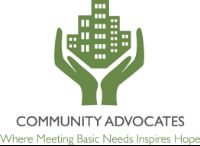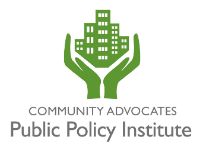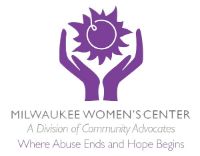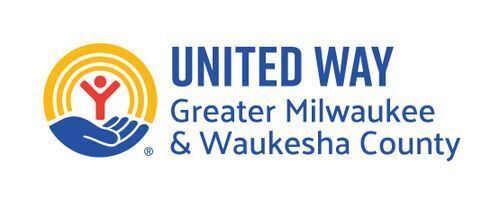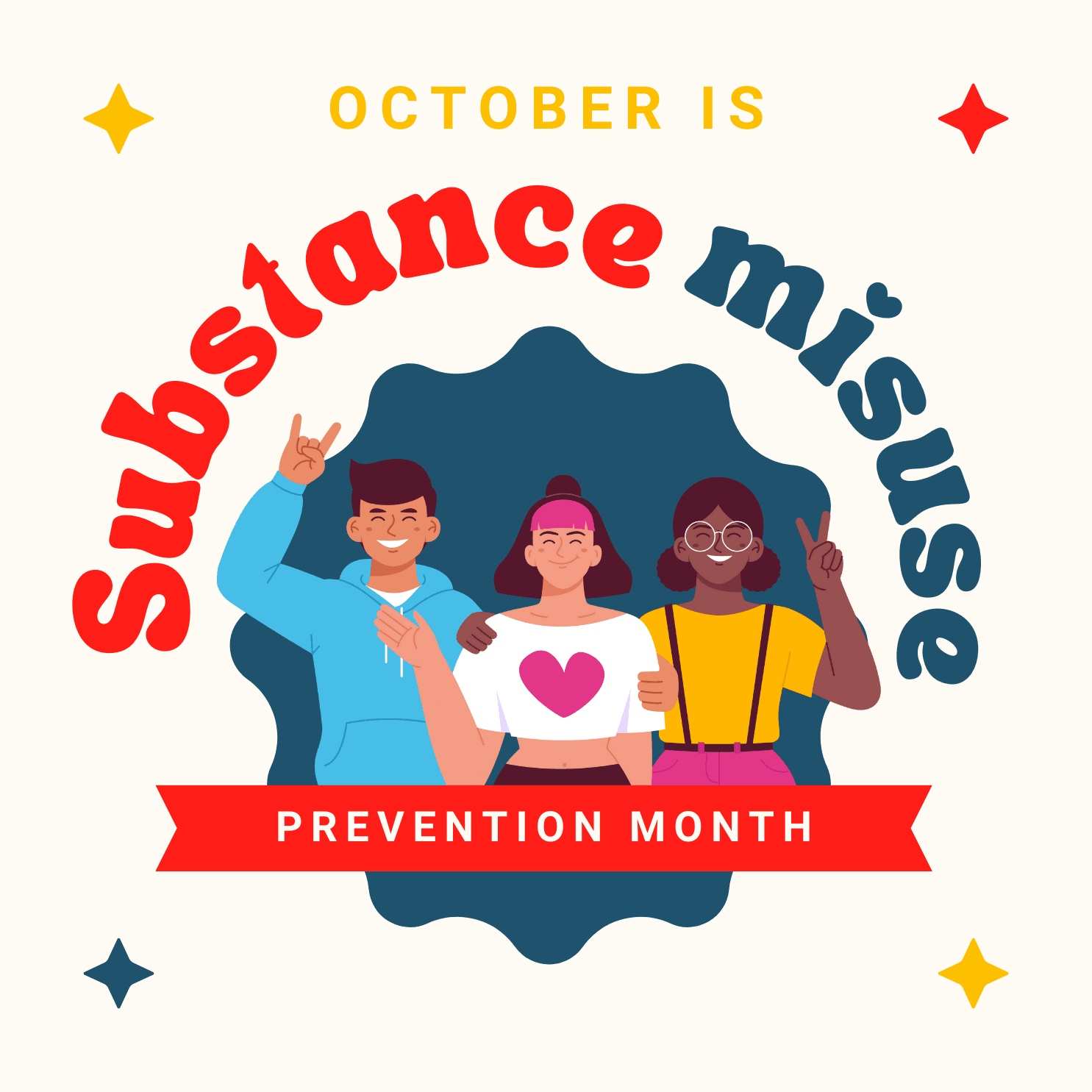
October is Substance Use Prevention Month
As we enter October, we recognize Substance Use Prevention Month, which is a time to emphasize the importance of preventing substance misuse in our community. Prevention is a tool, a resource, and an active commitment to nurturing healthier lifestyles. Through education and awareness, we can encourage taking small, meaningful steps that will lead to making big, impactful change.
While we often hear the term “substance use,” it’s important to distinguish it from “substance misuse.” Substance use can refer to the responsible consumption of substances, such as enjoying an occasional glass of red wine with dinner or taking the medication that the doctor prescribed. However, substance misuse involves unhealthy or illegal behaviors. Throughout this month, our focus is on preventing substance misuse. For example, college culture often promotes binge drinking, leading to dangerous situations and long-term health consequences. Similarly, prescription medications can easily fall into the wrong hands, leading to misuse, addiction, and overdose.
Alcohol is one of the most widely used and misused substance in our society. Misuse can manifest in many ways, including drinking excessively, engaging in risky behaviors, or drinking in dangerous situations. Cultural norms, however, often make it easily accessible. Similarly, the increasing acceptance and decriminalization of marijuana requires a deliberate approach to educating young people on the risks associated with misuse. Check out RISE Drug Free MKE’s webpage for more information on youth marijuana prevention: https://risedrugfreemke.org/what-we-do/youth-marijuana-use-prevention.html
Risk Factors vs. Protective Factors
Understanding the difference and connection between risk factors and protective factors is essential to prevention. Risk factors are characteristics that may increase the likelihood of experiencing substance misuse; and protective factors are characteristics that may decrease the likelihood of experiencing substance misuse.
The following lists provide examples of risk factors and protective factors from the Centers for Disease Control and Prevention (CDC):
Risk Factors:
- Family history of substance use
- Family rejection of sexual orientation or gender identity
- Lack of school connectedness
- Mental health issues
Protective Factors:
- Parent or family engagement
- Parental disapproval of substance use
- Parental support and monitoring
- School connectedness
Protective factors, much like prevention, require education and encouragement. It’s important to note that even when multiple risk factors are present, substance misuse is not inevitable; and even if risk factors are minimum, substance misuse is still possible.
Prevention is Possible
Prevention is possible when we focus on creating environments that promote responsible consumption or abstinence as the norm. By engaging in open and safe conversations about misuse and prevention, we can encourage conscious awareness of habits. Community Advocates firmly believes that prevention works. Education and resources play a critical role in substance misuse prevention, and by reducing stigma associated with substance use, we can all play a role in creating a supportive environment that allows for individuals to seek and ask for help.
For more information on prevention, please explore the following resources:
- https://www.cdc.gov/healthyyouth/substance-use/index.htm
- https://www.niaaa.nih.gov/publications/brochures-and-fact-sheets/understanding-alcohol-use-disorder
- https://www.samhsa.gov/find-help/prevention
- https://ppi.communityadvocates.net/policy-projects/substance-abuse-prevention.html
- https://risedrugfreemke.org/what-we-do/rx-drug-misuse-prevention.html
- https://ppi.communityadvocates.net/policy-projects/city-of-milwaukee-tobacco-free-alliance.html


